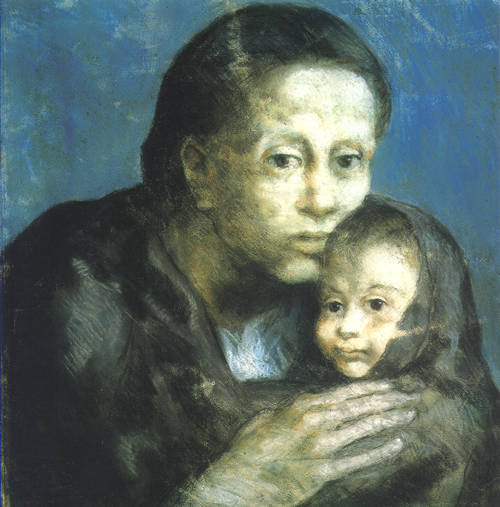PERCUTANEOUS CATHETER IN NEONATAL INTENSIVE CARE UNIT: A NURSING CARE TECHNOLOGY
Abstract
This study was carried out with newborns that underwent the insertion of the peripherally inserted central catheter. Its aim was to describe the independent variables related to the identification of the subject of the study: Sex, Hospital Unit, Diagnosis and Length of stay; and to describe the dependent variables related to peripherally inserted central catheter: indication reasons, treatment infused by intravenous catheter, the catheter material, site of insertion, cause for removal and time in-residence and to compare and discuss data obtained in the light of knowledge of the literature.
Method: Descriptive, prospective, with a quantitative approach.
The catheter was used to patch prolonged intravenous therapy and NPT (78.6%); for infusion of antibiotics and intravenous hydration (42.9%); the material being silicone catheters (100%); the most common site of insertion was the basilica vein (42.9%); the reason for withdrawal of the catheter due to the mechanical (21.4%) and infectious complications (14.3%). This study contributes to critical thinking related to obtaining safe venous access.
Downloads
-
Abstract5078
-
PDF (Español (España))2877
-
PDF (Português )2877
The works published in this magazine are subject to the following terms:
1. The Publications Service of the University of Murcia (the publisher) preserves the copyright of the published works, and encourages and allows the reuse of the works under the license for use stated in point 2.
© Servicio de Publicaciones, Universidad de Murcia, 2011 (© Publications Service, University of Murcia, 2011)
2. The works are published in the electronic edition of the journal under Creative Commons Reconocimiento-NoComercial-SinObraDerivada 3.0 España(texto legal) “ a Attribution-NonCommercial-NoDerivatives 3.0 Spain license (legal text)”. They can be copied, used, broadcasted, transmitted and publicly displayed, provided that: i) the authorship and original source of their publication (journal, publisher and URL) are cited; (ii) are not used for commercial purposes; iii) the existence and specifications of this license is mentioned.
3. Conditions of self-archiving. Authors are allowed and encouraged to electronically disseminate the pre-print (pre-reviewed ) and / or post-print (reviewed and accepted for publication) versions of their works prior to publication, as it ensures a wider circulation and dissemination which may lead to a possible increase in its mention and a higher scope among the academic community. RoMEO color: green.













